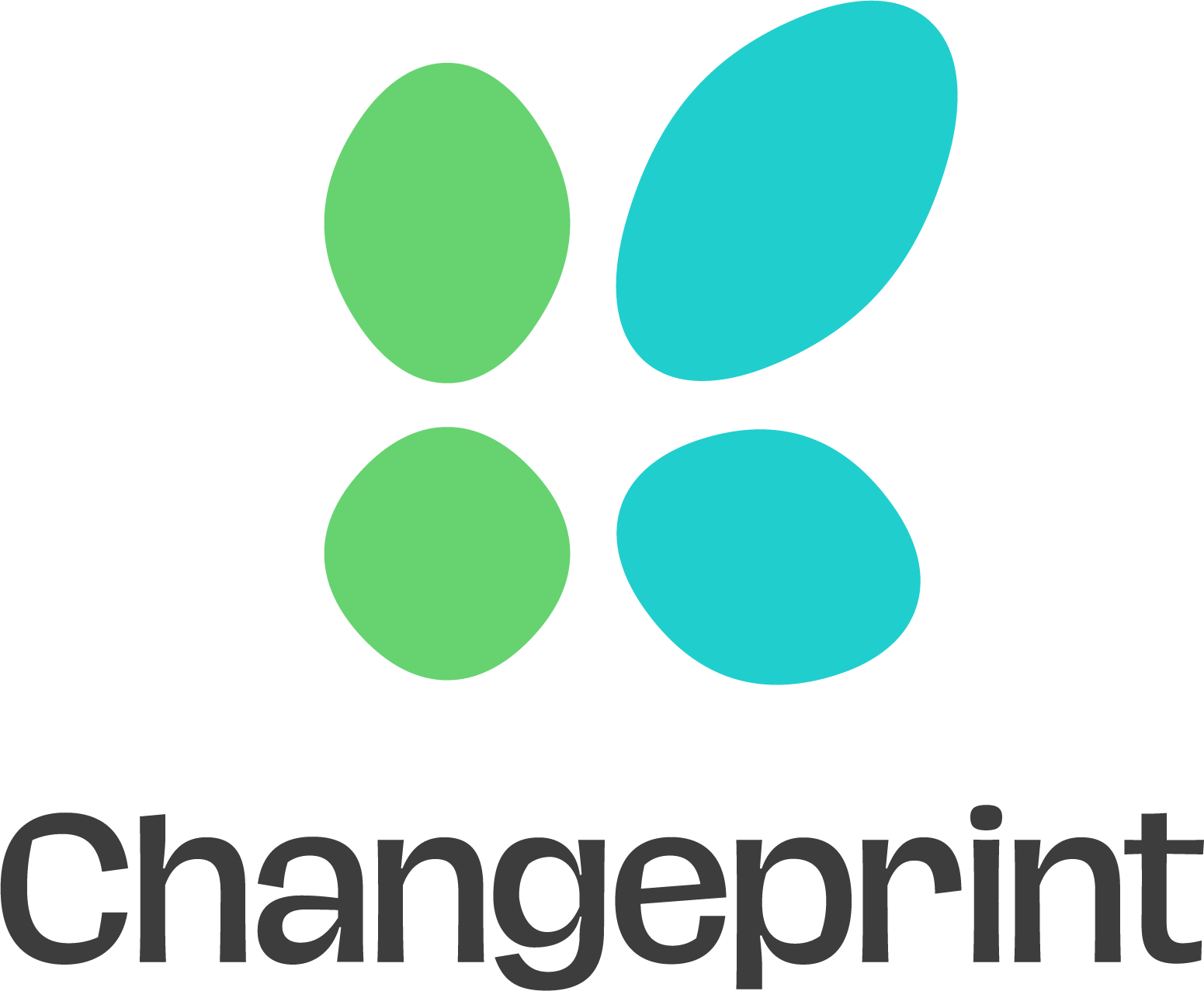Our Changeprint
Our Changeprint can be measured by completion and functionality of the Augmented Reality model showcasing sustainable future visions of Derby; the number and diversity of partners (eg, planners, environmental simulation specialists, social and natural scientists) engaged with and actively contributing to the project; the number of interdisciplinary research outputs, prototypes, or demonstrators produced through the project; the level of engagement from residents, students, and local organisations in using or interacting with the AR visualisations to inform city planning.
Our story
Computer science is at the heart of Derby's Urban Sustainability Transition (DUST) project, which could help to create Derby's future cityscape with the help of Augmented Reality (AR). The project has been made possible by a £640,000 donation by the late Professor Richard Horsley Osborne, who was among the trustees to pave the way for the city's University status, and reflects Professor Osborne's own expertise in economic regeneration of towns and cities within the East Midlands, particularly in Derbyshire and Nottinghamshire. The three-year research project will lay the groundwork for the long-term development of Derby, addressing issues of climate change, human and nature habitat management, sustainable mobility transport, and integrated connectivity, bringing together researchers from many different disciplines to, ultimately, produce an augmented reality of a reimagined city.
The potential of the project is almost limitless. For example, imagine stripping away the streets that cover the Markeaton Brook as it flows into the River Derwent to show how it could be a functional 'blue' route into the city, reviving the redundant canal infrastructure, or even picturing what it would be like to walk into Derby on a walkway high up among the trees, as just one of many new 'green' routes, lined with plants and promoting a connection with nature that enhances wellbeing. It's all possible to create and experience these visions of Derby using the immersive technology that the project will bring on board. Additional expertise in areas of computer programming, game visualisation, urban planning and ecology in urban environments, will be brought into the University to adapt an existing virtual model of the city to give it the texture and imagery to show how the city can one day appear to residents and visitors.
Transport and connectivity within Derby will be a significant area of focus, so the involvement of Toyota, which has had its main UK manufacturing plant just outside Derby, at Burnaston, for the past 30 years, will provide an added dimension of technical expertise. Tim Freeman, Deputy Managing Director, Toyota Motor Manufacturing (UK) Ltd, said: "Towns and cities require sustainable, accessible mobility to remain attractive and liveable." Toyota is making the transition from "vehicle manufacturer" into "mobility company". That's why we are excited to be contributing to this important project led by the University. We hope that not only will it help create a vision for the future of Derby, but ultimately help inform Toyota's vision for the future of urban mobility."
Around the world, cities are taking different approaches, but where DUST is different for Derby, is the use of Augmented Reality on a city-wide scale, the immersive experience to see existing features, but managed and altered to bring out the necessary sustainable transition to address climate change and build resilience, while still feeling a sense of place.
Our advice
Derby's Urban Sustainable Transition project was launched in November 2020 and has recently moved from its planning and set up phase to its delivery and output focused stage. The project aims were very much shaped by the aspirations of the legacy donation from Professor Osborne's own expertise in economic regeneration of towns and cities within the East Midlands, particularly in Derbyshire and Nottinghamshire.
During the set up phase we would recommend allowing time for project planning, ensuring you spend time here at the start up and implementation phase, with clearly defined aims and deliverables. This will ensure the project runs smoothly into its implementation phase.
Good communication with key stakeholders is really valuable: the ongoing dialogue for the DUST project with two key stakeholders, Toyota Manufacturing UK and Derby City Council has been essential for driving the project forward. Creating a small team of advisors to act as strategic advisory panel for the project, that are not part of the day-to-day delivery, provides you with a valuable opportunity to discuss ideas and issues as they arise and identify solutions or next steps.







